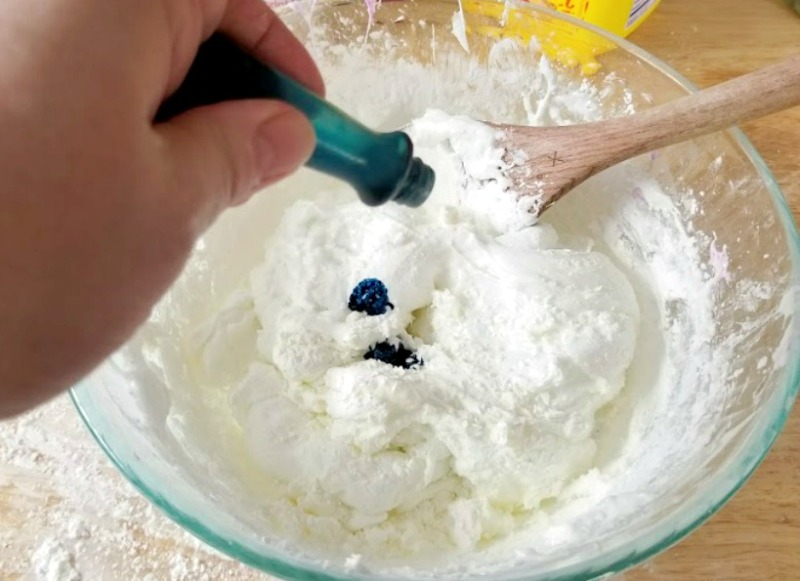

Scientists tried to discover a practical application for this new substance, but could not. It could bounce, stretch, break, and flow. This new polymer was a non-newtonian fluid, meaning that it acted as both a viscous liquid and an elastic solid. The result was a new polymer with some peculiar properties. One of those engineers accidentally dropped boric acid into silicone oil. Silly Putty Historyĭuring WWII, there was a rubber shortage, so scientists and engineers were hard at work trying to create new polymers and substances that could take the place of rubber. Keep it in a closed ziploc bag when you are not using it.Įxperiment! Does the silly putty bounce? Does it stretch? Can you break it?įor more fun craft ideas to do with your kids, click here.Silly Putty is one of those classic toys that never gets old. Knead it until it has a consistent texture. More borax solution can be added if it is very gluey. Be sure to pop all of the bubbles of glue. Take the mix out of the cup and knead it in your hands (it's messy). Once the glue, water, and colouring is mixed together well, add 20 ml of borax solution. Add two or three drops of food colouring to the glue/water mixture.Ĥ. Get a cup and mix 30 ml of Elmers White Glue with 20 ml of water. Mix 250 ml of hot water with 7 ml of borax powder until all the borax dissolves. Our kiddies had so much fun playing with these bizarre properties!ġ.

It has characteristics of a fluid and will form a puddle if left to rest, but it has elastic properties and can stretch and bounce, or even break if given a sharp blow. Like Magic Mud, silly putty is another non-Newtonian fluid. When the ingredients started to solidify, we took them out and started to squish and knead.

We mixed our ingredients and then added a solution of borax and hot water.

We gave each child a cup and added Elmers Glue, water, and food colouring. Optional: several drops of food colouring Amazing! You can also do a lot of other cool tricks with Magic Mud (also known as Oobleck), like using sound waves to make it take on life-like movements, or running across a huge container of it! We mixed up a huge blue batch, and let our lil' scientists dip their hands into it, squeeze it into a solid, and punch the surface, which would become instantly hard. The science behind it? The cornstarch is ground into such fine particles that the molecules line up like little plates. Magic Mud is a suspension of cornstarch in water that has the bizarre property of being a liquid when it is resting or moving slowly, but solidifies once you slap, punch, or squeeze it. Our momstown Victoria moms and kids did something incredible at our Little Scientists program last month! Kids love to get their hands dirty and experiment, so what better way to teach your little ones about science than with these cool and messy recipes for magic mud and silly putty.


 0 kommentar(er)
0 kommentar(er)
